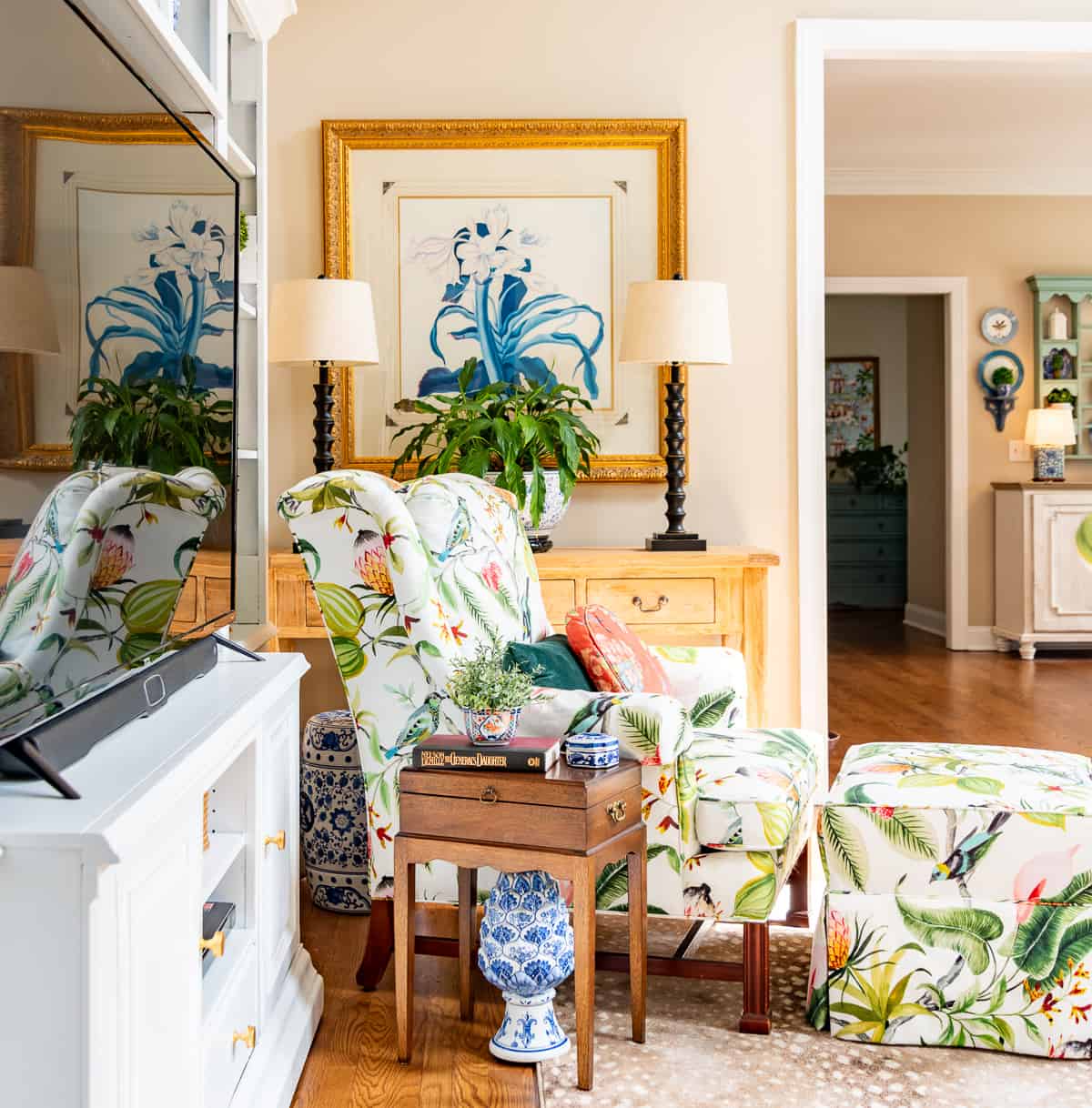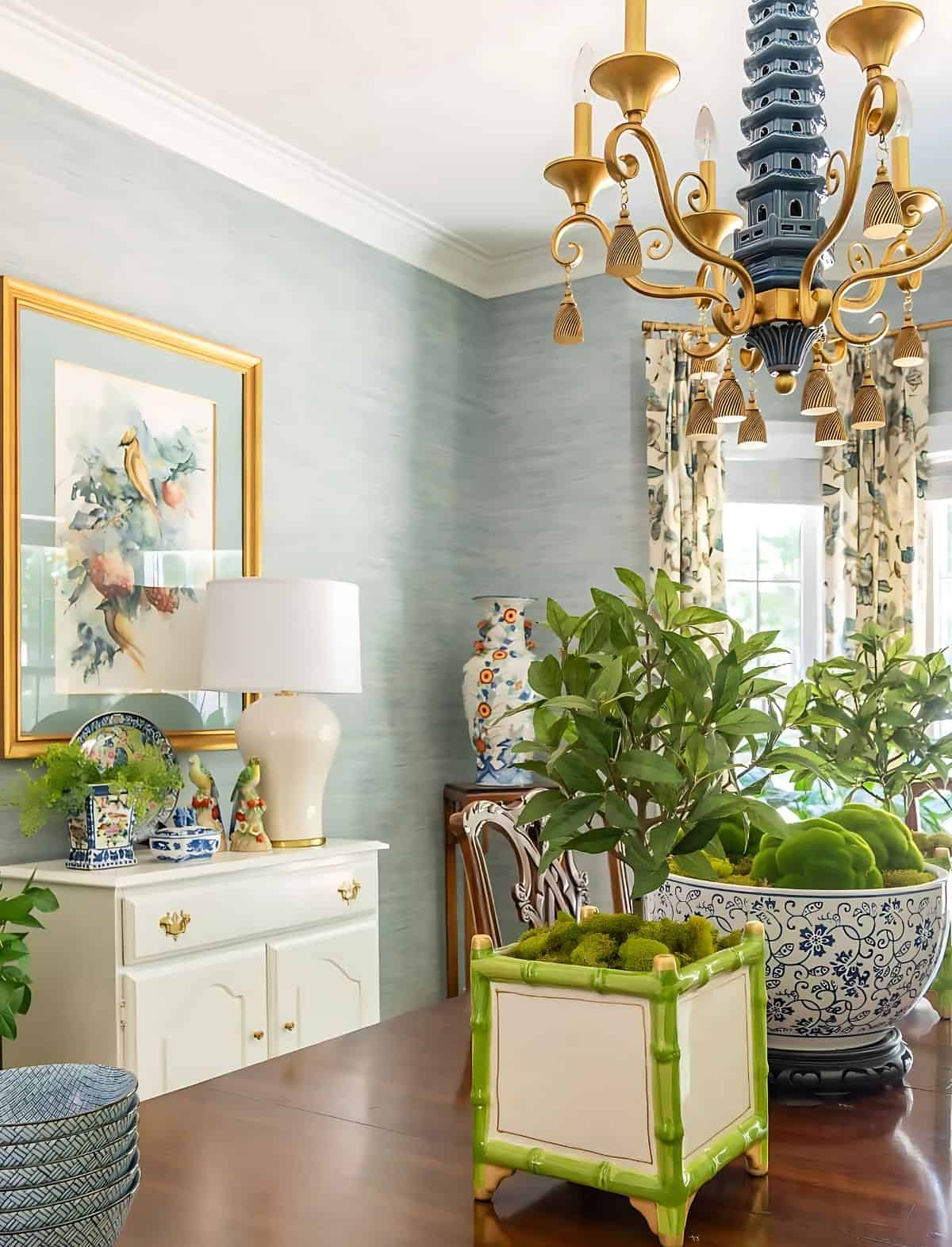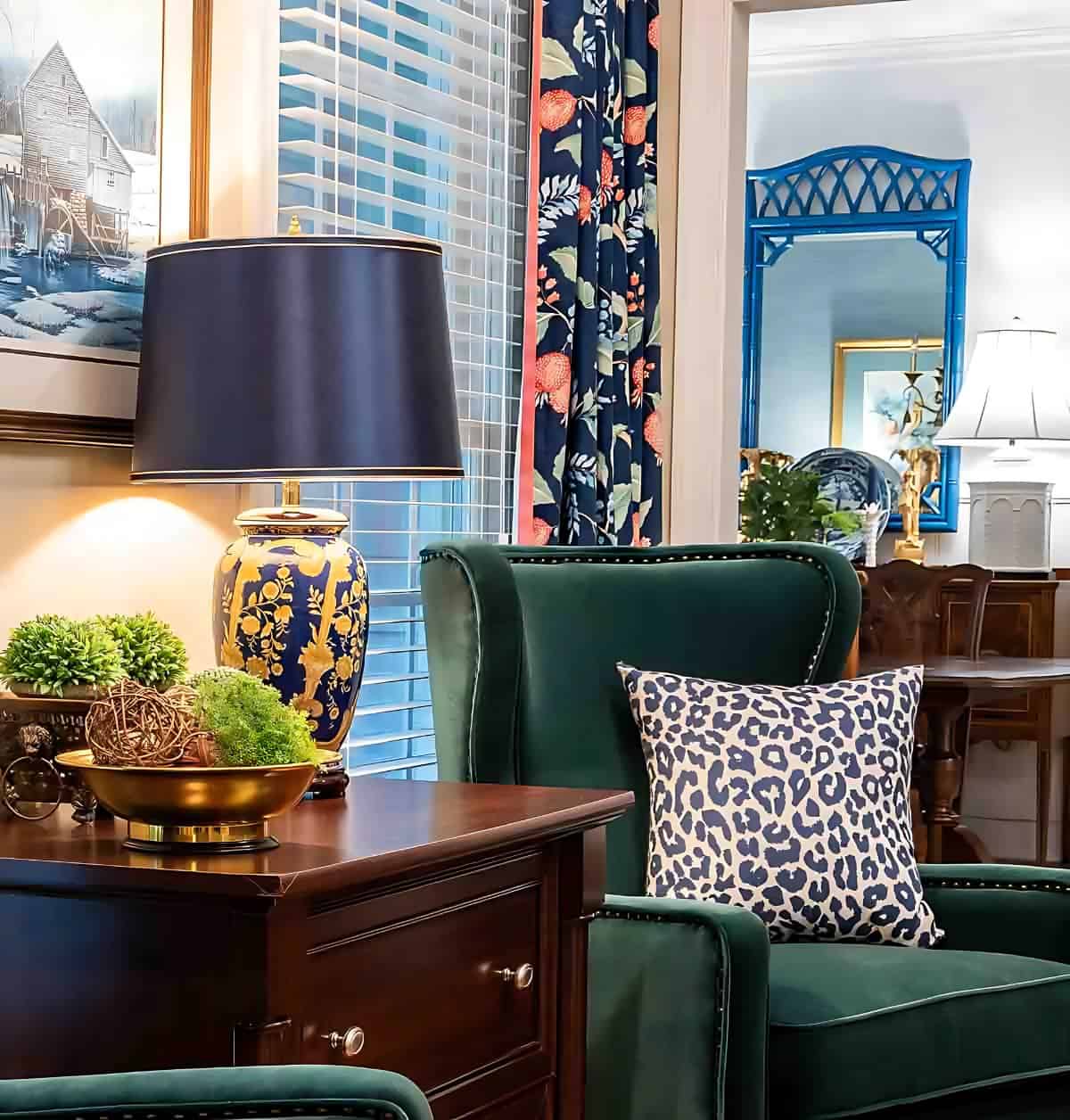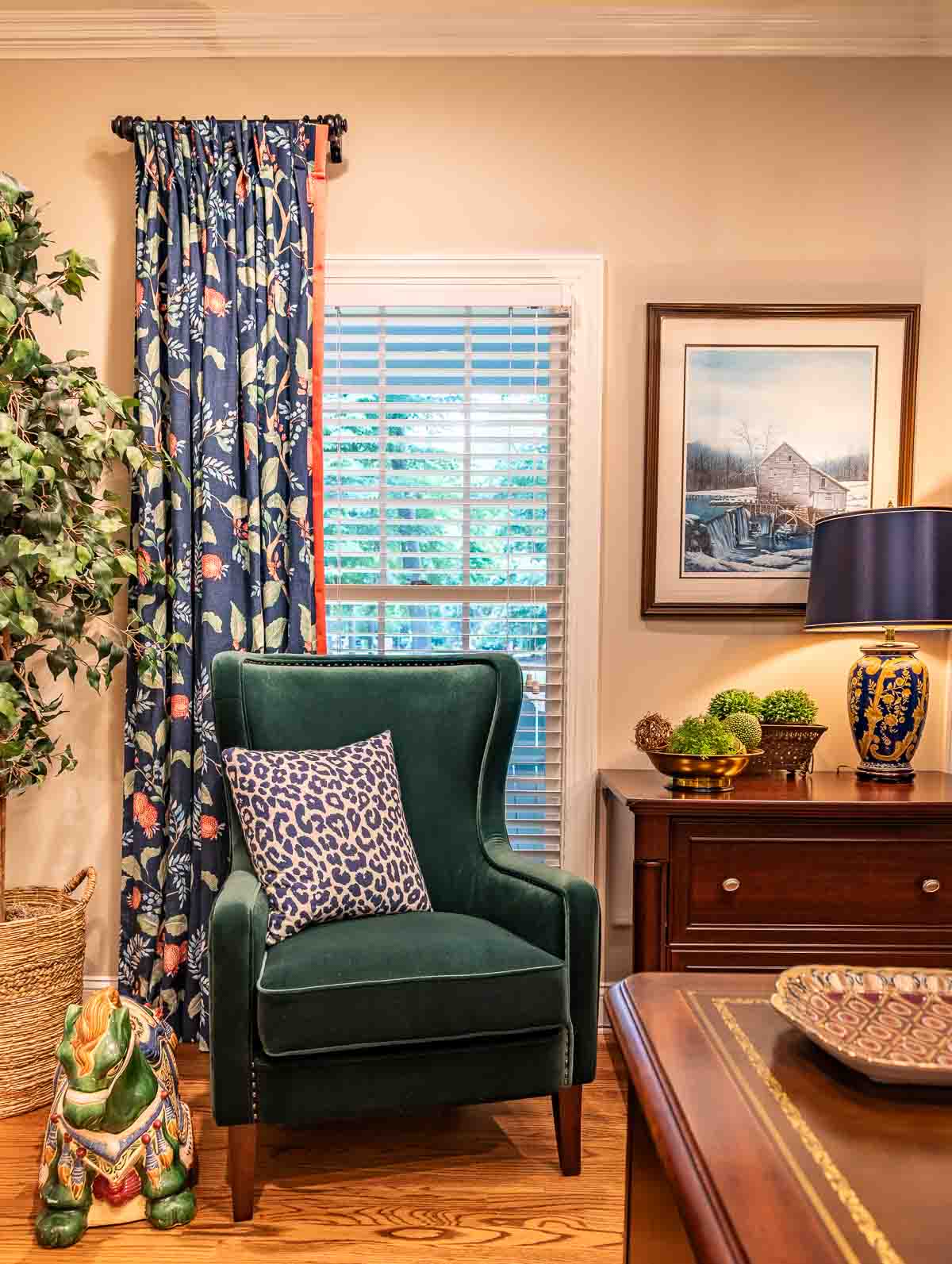Is Blue the New Neutral? How to Add it to Your Home
In recent years, blue has eclipsed gray as the #1 choice for decorating, which once reigned supreme in the world of home decor.

West Trade Interiors via Houzz
Is blue the new neutral? There’s certainly good reason to think so:
- It’s a color that easily blends with various styles without overpowering them.
- Blue pairs beautifully with warm tones (like orange and yellow) as well as with cool hues (like silver and green).
- It is universally recognized as a soothing color, which helps to create a welcoming atmosphere in homes.
Here are several places in homes where blue is replacing gray as the home decor color of choice.
But wait – I’m not advocating that you get rid of everything gray in your home. What a waste that would be. The great thing about gray is that it blends beautifully with blue!
Walls and Ceilings
When gray was at the height of its popularity, it was the natural choice for painting walls and ceilings. It provided a neutral backdrop that suited any style.
Today, as trends are shifting toward a more colorful palette, blue has stepped in as an equally versatile but more vibrant alternative.
When you want to leave no doubt that blue is your “new neutral”, paint the walls in a room in the shade of your choice.

Last Detail Interior Design via Houzz
Looking to add a little texture and elegance to a room? Blue grasscloth wallpaper will bring a textural depth and luxurious feel to a space.

A little less subtle way to embrace blue in a room is by only adding it to the ceiling in a room. In addition to it being viewed as a neutral, it will give the illusion of height and space while giving off a calm, airy feel.

If you’re ready to go all in, give color drenching a try. Color drenching is when every surface, walls, ceiling, and millwork (including trim and cabinetry), are all painted the same color. It’s usually done with a gloss, semi-gloss, or lacquer paint finish.

Cabinetry
Gray is being replaced in kitchens and bathrooms as more and more people turn to blue as a stylish choice with classic appeal.

New Creations Custom Kitchens and Bath via Houzz
Depending upon the shade used, blue cabinetry can either serve as a bold statement or a subtle hint of color.

Debra Zinn Interiors via Houzz
Avoid overwhelming the space by balancing the blue with neutral countertops and backsplash.

Tile Work
Whether it’s through classic solid blue tile or hand painted ceramics, a blue backsplash can transform a kitchen from ordinary to extraordinary.

It’s a color that works beautifully with both light and dark cabinetry.

As a bath surround, blue tile can brighten the space and create an eye-catching focal point.

Textiles
A less permanent way to embrace blue in your home is with the use of textiles, such as upholstery and draperies.
The versatility of blue allows a pair of matching sofas to anchor a room without overwhelming the space with color.

Even smaller accents such as throw pillows and pieces of accent furniture can be enough.

Blending Blue and Gray
Gray and blue are two colors that work well together, but you do need to be mindful of which shades of the two complement one another.

Light gray pairs best with soft blues like sky or powder blue. It’s a combination that is ideal for bedrooms and bathrooms where you want a calm and soothing atmosphere.
Blend charcoal gray with navy blue for a more dramatic and sophisticated look. This combo is perfect for creating a bold statement in living areas or dining rooms, where it can make spaces feel more luxurious.
Pair medium shades of gray with vibrant blues such as cobalt or cerulean for a lively pop of color that it best suited to kids’ rooms or creative spaces.
Dove gray, which is a lighter, warmer gray, pairs best with teal, which has a touch of green. It’s a refreshing color combination that’s great for contemporary kitchens or bathrooms.
Slate gray often has blue undertones and matches well with a pale, almost white ice blue. This subtle pairing is ideal for minimalist or Scandinavian-style interiors.
Whether you’re ready to fully embrace this trend or just want to explore the possibilities, blue is a fresh and stylish alternative that complements a wide range of decorating styles.
So, try bringing blue into your next decorating project and discover how this timeless color can redefine the concept of neutral in your living space.






As a person who loves blue, I love this article. My bedroom is in blues and because I rent, I can’t paint the ceiling, but would love to. My bedspread and pillows are shades of blue and it’s so restful and calming. Thanks.
I agree – blue is perfect in a bedroom for its calming effect.
Thank you for sharing.
How can I start introducing blues to a palette of mostly neutrals of cream, tan, brown and green? I have a mix of country, traditional, a few antiques. I like a casual, cozy feel yet breathable. Thanks!
Hi Kathy. The great thing is that blue looks fabulous with all of the other colors that you’re currently using! To start to introduce it to your home, I would start out small. For example, how about a pair of pillow covers where blue is a prominent color, but that also have all of the other colors that you’re currently using? If you’re happy with that, then you could start adding accessories and possibly some artwork where blue is prominent.